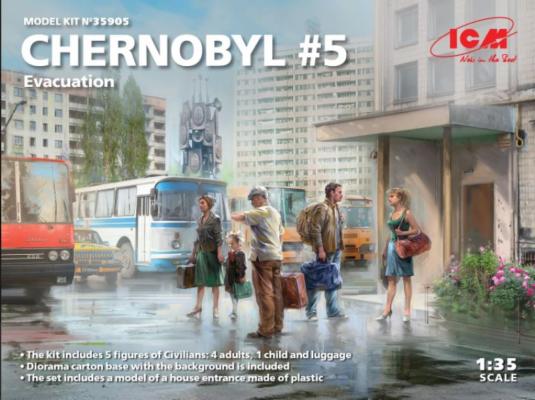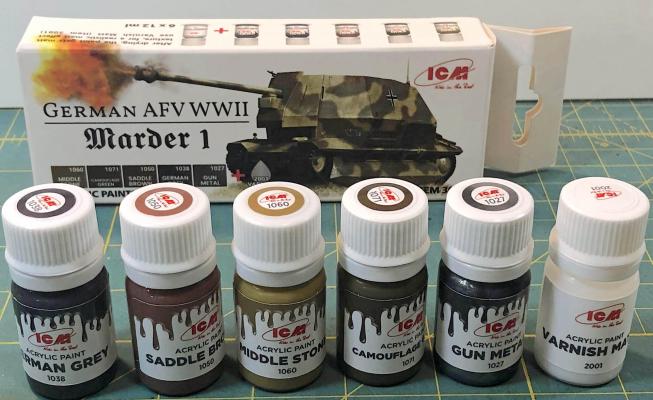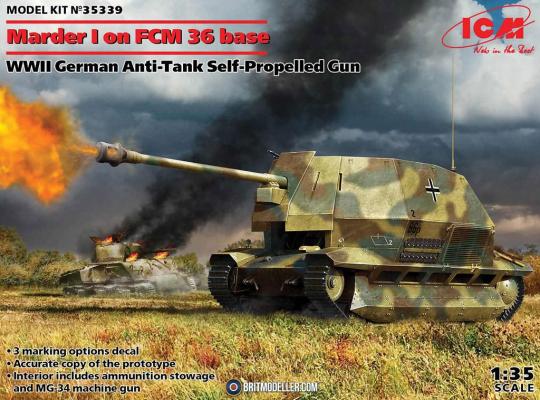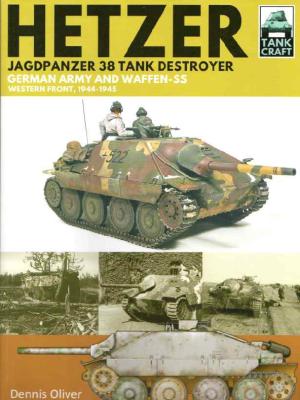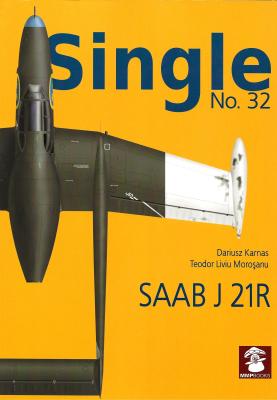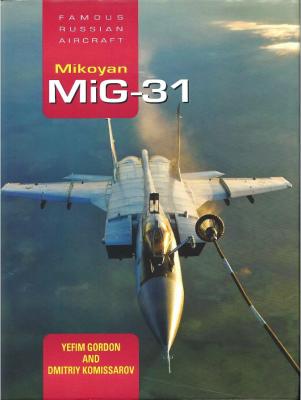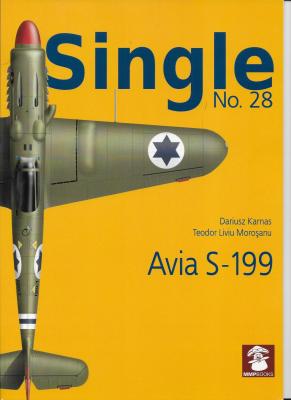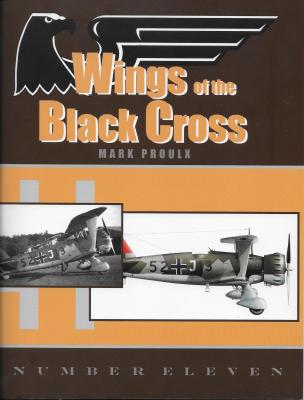ICM continues with its fascinating series of Chernobyl “instant dioramas” with the latest being a scene depicting the evacuation of civilians from the threatened region around the power plant disaster. In this case, five figures are provided, along with an apartment balcony, a small pot and a printed background to bring it all together.
The figures include one older gentleman, a young man and woman, and a somewhat matronly mother with young daughter. All are excellently sculpted and show lots of individual character along with natural poses. If there is any objection to the sculpting, it’s that none of the figures display the level of abject terror that I, personally, would be undergoing if such a thing were happening to me. In fact, all of the poses appear to be relatively relaxed. Maybe no one really knew what was happening.

